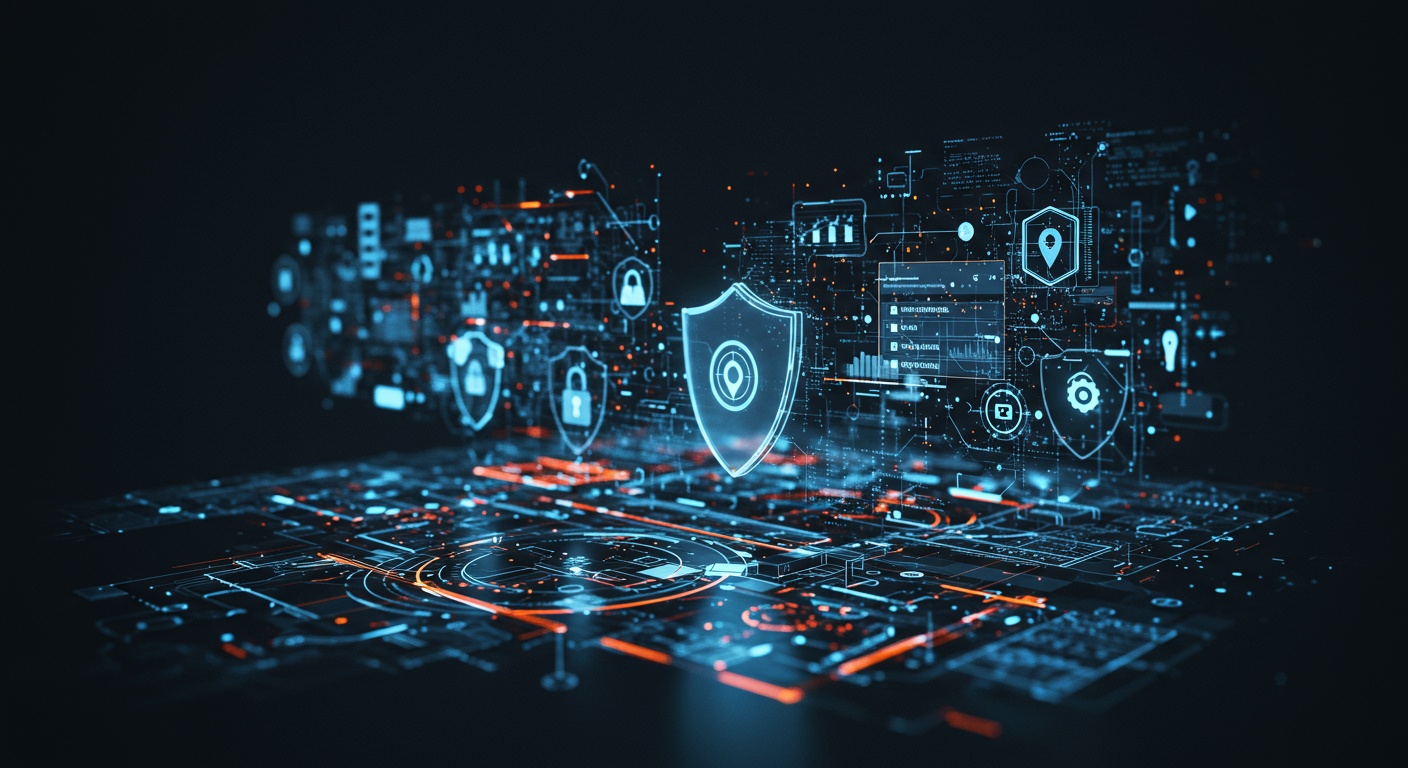In our increasingly digital world, cybersecurity is no longer optional—it’s essential. By 2025, cybercrime has evolved into one of the biggest threats facing individuals, businesses, and even governments. From data breaches and ransomware to phishing scams and identity theft, the risks are everywhere. But with the right strategies, tools, and awareness, you can protect your digital life.
This article explores the state of cybersecurity in 2025, the most common threats, and the best practices you should adopt to stay safe online.
The State of Cybersecurity in 2025
The year 2025 marks a new era in cybersecurity. With the rise of artificial intelligence, Internet of Things (IoT), cloud computing, and 5G networks, the attack surface has expanded dramatically. Hackers now use sophisticated AI-driven attacks, while organizations struggle to protect sensitive data across complex networks.
- Cybercrime costs: Experts estimate that cybercrime will cost the world over $10 trillion annually by 2025.
- Target shift: No longer just big corporations—small businesses, freelancers, and everyday users are frequent targets.
- AI in attacks: Hackers use AI to bypass traditional security systems and launch automated phishing campaigns.
Common Cybersecurity Threats in 2025
1. Ransomware Attacks
Ransomware has become more aggressive, locking users out of their data until a ransom is paid in cryptocurrency.
- Example: Hospitals forced to pay millions to regain access to patient data.
- Best defense: Regular backups, patch updates, and zero-trust security.
2. Phishing and Social Engineering
Hackers exploit human psychology by tricking users into clicking malicious links or revealing sensitive data.
- Example: Fake emails from banks or tech companies stealing login credentials.
- Best defense: Multi-factor authentication (MFA) and training to recognize suspicious messages.
3. IoT Vulnerabilities
Smart devices like cameras, thermostats, and wearable tech often have weak security, making them easy entry points.
- Example: Hackers hijacking smart home systems to access personal data.
- Best defense: Strong passwords, firmware updates, and secure Wi-Fi networks.
4. Cloud Security Risks
As more data moves to the cloud, misconfigured systems and insider threats pose risks.
- Example: Sensitive business data exposed due to poor cloud security settings.
- Best defense: Encryption, secure access controls, and cloud monitoring tools.
5. AI-Powered Cyber Attacks
Hackers now use AI to mimic human behavior, bypass CAPTCHAs, and launch intelligent malware.
- Example: AI-generated phishing emails that look identical to real communication.
- Best defense: AI-driven cybersecurity tools that detect anomalies in real-time.
Best Practices to Protect Your Digital Life in 2025
1. Use Strong, Unique Passwords
- Avoid using the same password across multiple accounts.
- Use password managers to generate and store secure credentials.
2. Enable Multi-Factor Authentication (MFA)
- MFA requires a second verification step (like a code on your phone).
- Even if your password is stolen, accounts remain secure.
3. Keep Software and Devices Updated
- Hackers exploit outdated systems.
- Enable automatic updates on all devices.
4. Secure Your Home Network
- Change default router settings.
- Use strong Wi-Fi passwords and encryption (WPA3).
5. Backup Your Data Regularly
- Store backups both offline and in secure cloud storage.
- Helps recover files in case of ransomware attacks.
6. Be Cautious of Emails and Links
- Hover over links before clicking.
- Verify sender addresses and avoid downloading unknown attachments.
7. Protect Your Privacy Online
- Limit the personal information you share on social media.
- Use VPNs (Virtual Private Networks) for secure browsing.
8. Adopt Zero-Trust Security
- Assume every connection could be compromised.
- Verify every device and user before granting access.
9. Use AI-Powered Security Tools
- Antivirus and firewalls alone aren’t enough.
- Invest in advanced tools that use machine learning to detect evolving threats.
10. Educate Yourself and Others
- Cybersecurity is a shared responsibility.
- Regular training helps employees and individuals recognize threats.
Cybersecurity in Different Areas of Life
At Home
- Secure smart devices.
- Monitor children’s online activity.
- Use parental controls to prevent access to harmful sites.
At Work
- Implement company-wide security policies.
- Use encrypted communication tools.
- Train employees to spot phishing attempts.
On the Go
- Avoid public Wi-Fi or use a VPN.
- Disable Bluetooth when not in use.
- Lock devices with strong PINs or biometric authentication.
The Role of Governments and Businesses
Cybersecurity isn’t just an individual responsibility. Governments and companies must:
- Create stronger regulations to protect personal data.
- Invest in national cybersecurity defenses against large-scale attacks.
- Collaborate globally to track and stop cybercriminals.
The Future of Cybersecurity Beyond 2025
As technology advances, so will cyber threats. By 2030, expect:
- Wider use of quantum encryption for unbreakable data security.
- AI-powered digital guardians that monitor online activity.
- International cybercrime laws to combat global hacking networks.
Final Thoughts
In 2025, cybersecurity is more critical than ever. With hackers using advanced tools, protecting your digital life requires awareness, vigilance, and the right technologies. By following best practices—like using strong passwords, enabling MFA, updating software, and investing in AI-driven security—you can stay ahead of the threats.
Cybersecurity is no longer just a technical issue; it’s a lifestyle necessity. Protecting your digital identity today ensures a safer tomorrow.
SEO Tip: To maximize search visibility, target long-tail keywords like “cybersecurity tips 2025,” “how to protect digital life,” and “latest cybersecurity best practices.” Adding FAQs like “What is the best antivirus in 2025?” can also help rank higher in Google.
